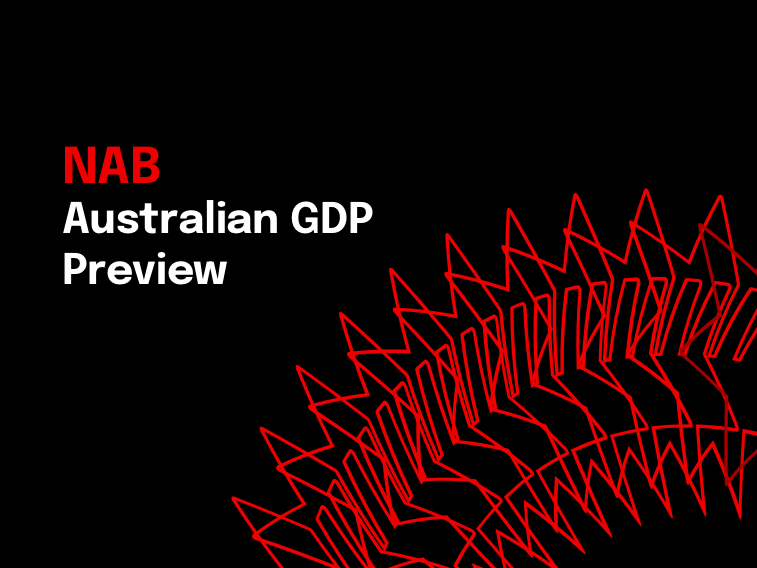A private sector improvement to support growth


Insight
Sydney music producer Flume claimed the top spot in Triple Js 2016 Hottest 100 yesterday, but many will consider the moral victor to have been Melbournian busker Tash Sultana for her brilliant ‘Jungle’.
Besides, for us markets folk and as Burkhard Dallwitz sang in the opening credits of Underbelly, ‘It’s a jungle out there’.
While Australians were out doing what they do on Australia Day yesterday all was not well in the Trumpsphere, with the Mexican Peso giving back about half of Wednesday’s strong rally. This was after Mexican Enrique Pena Nieto cancelled – via Twitter – a planned meeting with the U.S. President. It followed the U.S. President blasting him in a tweet earlier Thursday for saying Mexico would refuse to pay for the boarder wall, the building of which Trump signed into motion earlier this week.
The bigger global development since Australia left off on Wednesday has been the renewed rise in US bond yields. 10 year Treasuries, having traded below 2.40% on Wednesday, pushed briefly above 2. 55% overnight before easing back to 2.51% as we write. The pull-back is seen linked to a well-received 7-year U.S. Note auction as well as some (mild) NY early afternoon slippage in U.S. stocks.
The rise in U.S. yields has helped lift the U.S. dollar, with Bloomberg’s BBDXY index up about 0.5% since Thursday’s Wellington market open. The Japanese Yen has – true to form – fared worse in a rising US yield environment. The NZ dollar has given back all of its knee-jerk gains that followed slightly higher than expected CPI figures, to be down 0.63% and the second worse performing G10 currency of the past 24 hours. The AUD/USD rate sits mid-pack, down 0.35% to 0.7546, so still beneath Wednesday’s pre-CPI levels but off Wednesday’s intra-lows.
More broadly, we note that while US Treasuries are now trading at their highest yield levels of the year, the US dollar is still some 1.5% off its start-of-year levels in index terms. Key here looks to be the fact while US yields have risen, outside of Japan yields elsewhere have risen by even more. For example, the 10-year US-German benchmark yield spread has compressed by over 20bps.
The US data flow overnight has been mixed. Markit’s service sector PMI rose to 55.1 from 53.9 (not widely watched) while New Home Sales fell a sharp 10.4% but for what is a very volatile number. Weekly jobless claims rose to 259k from 237k but seasonal adjustment issues are more likely behind the rise than any change in trend. The December trade deficit printed at -$65.0bn much as expected while wholesale inventories rose by a bigger than expected 1.0%.
The net effect of these latter two numbers has been to see the Atlanta Fed lift its Q4 ‘GDPNow’ estimate to 2.9% from 2.8% (see Coming Up).
Finally, in the UK Q4 GDP was revised up to 0.6% from 0.5%, while the UK Government has issued its Brexit Bill -all 137 words of it. This says no more than that the PM may (not will) notify the EU of its intention to withdraw and that this authority will override anything in the European Communities Act of 1972 (which heralded the UK’s original EU membership). Sterling has hardly moved.
There’s nothing of the calibre of Wednesday’s CPI on the local calendar today, though we’ll be taking some note of the Q4 trade price indices. This tells us how the goods-only terms of trade performed in Q4 – something which feeds directly into model estimates of the equilibrium value of the AUD in (real) trade weighted terms. The numbers should pick up the jump in iron ore and coal contract prices in Q4, hence we expect a 10.7% jump in export prices (and 0.3% fall in import prices). The market consensus forecast is for an even stronger 12.1% rise in export prices (and +0.4% for import prices).
These numbers are more interesting than today’s Q4 producer price data, given PPI post-dates the CPI numbers.
Internationally, there’s interest in latest Japan CPI figures, for December, which come in front of next Tuesday’s BoJ meeting. These are expected to show a return to deflation in the BoJ’s preferred ex-food and energy measure, judging from the already released December Tokyo figures. At the very least, this should reinforce the BoJ’s commitment to its existing Yield Curve Control policy designed to prevent JGB yields being above zero per cent at 10 years.
In the U.S. tonight, we get the Advance estimate of Q4 GDP, expected to show 2.2% annualised growth. Most estimates fall in the 2.0-2.5% range, though since the aforementioned Atlanta Fed’s latest GDPNow forecast pegs growth at 2.9%, this suggest upside risks versus the consensus.
We’ll also get US durable goods orders and the final estimates of consumer sentiment and inflation expectations from the University of Michigan.
On global stock markets, the S&P 500 was -0.01%. Bond markets saw US 10-years -0.73bp to 2.50%. In commodities, Brent crude oil +2.03% to $56.2, gold-0.8% to $1,188, iron ore +1.0% to $83.34, steam coal -0.1% to $83.60, met.coal +0.0% to $185.00. AUD is at 0.7543 and the range since yesterday 5pm Sydney time is 0.7522 to 0.7585.
For full analysis, download report
For further FX, Interest rate and Commodities information visit nab.com.au/nabfinancialmarkets
© National Australia Bank Limited. ABN 12 004 044 937 AFSL and Australian Credit Licence 230686.